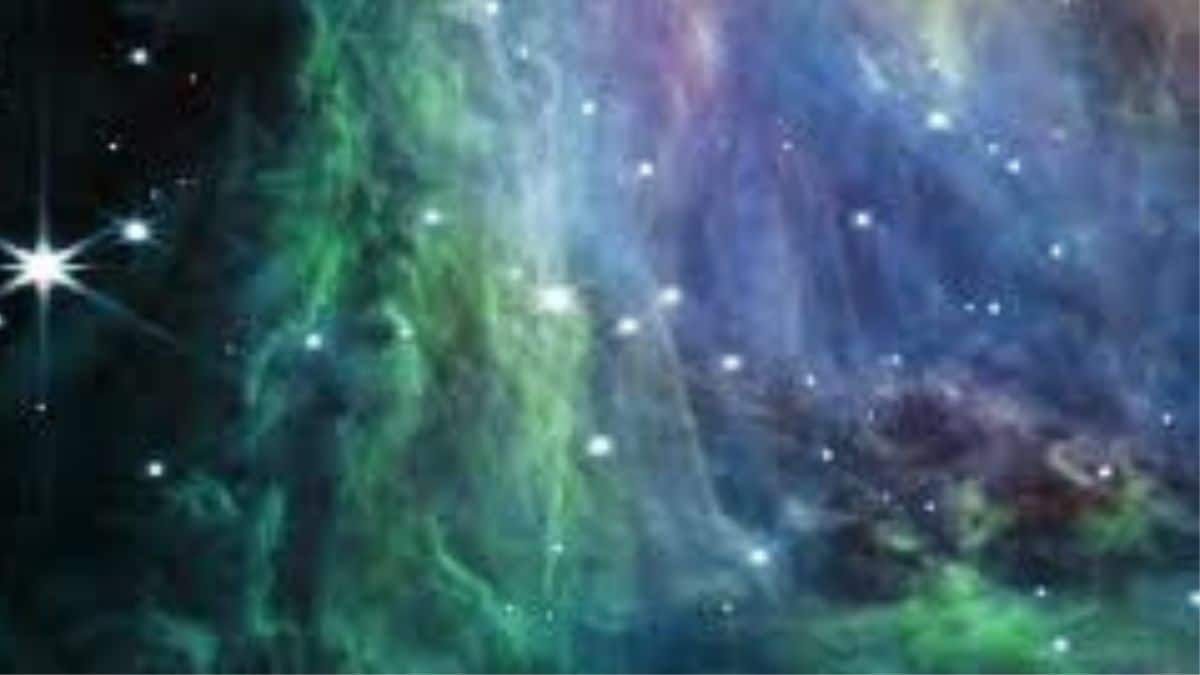James Web Telescope introduces to new cosmic mysteries after Stellar images capture Orion Nebula

The James Webb Space Telescope (JWST), NASA’s latest superstar, appears to be on a roll, taking one out-of-this-world image after another, with one of its most recent photographs capturing the notorious Orion Nebula in its entirety. By any chance if you have heard of astronomy, you would have probably heard about this gaseous cloud in the Orion constellation. It is one closest star-forming zone to Earth, at 1,350 light-years distant, and is hence a favorite cosmic element to study with the naked eye. Until recently, though, layers of dust prevented scientists from examining its subtleties.
There were 100 scientists from approximately 18 nations who participated in the Early Release Science programme and were actually able to analyze the image of the Orion Nebula using JWST data. The images show us how large stars can change the gas and the dusty clouds around from which they arise. They exposed intricate details about the birth of stars and supernovas during the first million years of the Milky Way’s existence.
Peeters, a professor from Western astronomy and a member of the institute for Earth and Space Exploration had various observations regarding the same. Not only Peeters, a French National Centre for Scientific Research, [CNRS] scientist said that they could clearly see several dense filaments. These filamentary structures can also promote a new generation of stars that are there in the deeper regions of the cloud of dust and gas.


